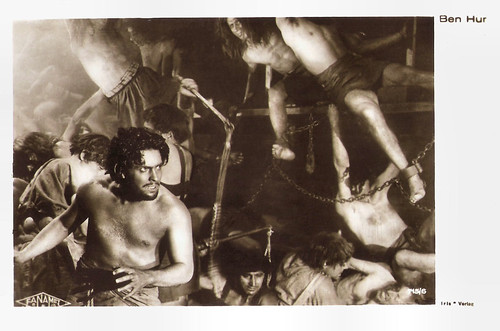What a shock! David Bowie is dead. The English musician and actor was a major pop star for over four decades. During the 1970s, he was a magnificent innovator, we love his album Changes. With various stage and film roles, he showed to be a fine actor too. Bowie died of cancer, 69 years young.![David Bowie (1947-2016)]()
British postcard by Underground, no. U525. Ziggie.
![David Bowie]()
American postcard by Fotofolio, no. P 254. Photo: Terry O'Neill, 1975.
![David Bowie (1947-2016)]()
British postcard in the British Film Year Series. Photo: David James / Thorn EMI. Publicity still for
The Man who Fell to the Earth (Nicolas Roeg, 1976).
![David Bowie (1947-2016)]()
American postcard by Fotofolio, New York, NY., no. GG 21. Photo: Greg Gorman, 1987.
![David Bowie (1947-2016)]()
Dutch postcard by Art Unlimited, Amsterdam, no. 010a. Photo: Claude Vanheye.
Flamboyant, Androgynous Alter Ego
David Bowie was born as
David Robert Haywood Jones in Brixton, London in 1947. His mother,
Margaret Mary ‘Peggy’ née Burns, worked as a cinema usherette, while his father,
Haywood Stenton ‘John’ Jones, was a promotions officer for Barnardo's. David's interest in music was stimulated when his father brought home a collection of American 45’s by artists including
The Platters,
Fats Domino,
Elvis Presley and
Little Richard. He studied art, music, and design, including layout and typesetting. After
Terry Burns, his half-brother, introduced him to modern jazz, his enthusiasm for players like
Charles Mingus and
John Coltrane led his mother to give him a plastic alto saxophone in 1961.
A year later, the 15-years old Davy Jones formed his first band The Konrads, playing guitar-based rock & roll at local youth gatherings and weddings. Several bands followed, without success. To prevent confusion with
Davy Jones, the lead singer of The Monkees, he renamed himself after the 19th century American frontiersman
Jim Bowie and the knife he had popularised. David Bowie studied dramatic arts under dancer
Lindsay Kemp, from avant-garde theatre and mime to commedia dell'arte. Bowie became immersed in the creation of personae to present to the world. Kemp gave him the role of Cloud in his theatrical production
Pierrot in Turquoise (1967).
In the black-and-white short
The Image (Michael Armstrong, 1969), Bowie played a ghostly boy who emerges from a troubled artist's (
Michael Byrne) painting to haunt him. Bowie also made a brief appearance in
The Virgin Soldiers (John Dexter, 1969). In April 1969, he met
Angela Barnett (also known as
Angie Bowie) and they would marry within a year. Her impact on him was immediate, and her involvement in his career far-reaching. In 1971, they had a son, later film director
Duncan Jones, also known as
Zowie Bowie.
David Bowie first caught the eye and ear of the public in July 1969, when his song
Space Oddity reached the top five of the UK Singles Chart. It was released at the time of the moon landing. Despite the fact that the literal meaning of the lyrics relates to an astronaut who is lost in space, this song was used by the BBC in their coverage of the moon landing, and this helped it become such a success. After a three-year period of experimentation he re-emerged in 1972 during the glam rock era with the flamboyant, androgynous alter ego
Ziggy Stardust, spearheaded by the hit single
Starman and the album
The Rise and Fall of Ziggy Stardust and the Spiders from Mars, a concept album about a space-age rock star.
The relatively short-lived Ziggy persona proved merely one facet of a career marked by continual reinvention, musical innovation and striking visual presentation. In 1975, Bowie achieved his first major American crossover success with the number-one single
Fame and the hit album
Young Americans, which the singer characterised as ‘plastic soul’. The sound constituted a radical shift in style that initially alienated many of his UK devotees. He then confounded the expectations of both his record label and his American audiences by recording the minimalist album
Low (1977) — the first of three collaborations with
Brian Eno over the next two years. The so-called Berlin Trilogy albums (
Low,
Heroes and
Lodger) all reached the UK top five and received lasting critical praise.
![David Bowie (1947-2016)]()
British postcard by Cult Images Ltd., Enfield, Middlesex, no. PC 108. Photo: Ray Stevenson. Beckenham '69.
![David Bowie]()
French postcard by Ebullitions, no. 8.
![David Bowie]()
German postcard by O & P Agi-Sydney, Stauffenberg, no. CP 770.
![David Bowie (1947-2016)]()
British postcard by Pyramid, Leicester, no. PC 8030. Photo: Bowie as Ziggie Stardust, live.
![David Bowie (1947-2016)]()
French postcard by Humour à la Carte, Paris, no. 3401. Photo: J.L. Rancurel. David Bowie at the Pavillon de Paris, 1976.
Gigolo
In 1976 David Bowie earned acclaim for his first major film role. In
The Man Who Fell to Earth (Nicolas Roeg, 1976) he played an unhappy alien from a dying planet who becomes a famous industrialist and pop star as he tries to find a way home.
Mark Deming at
AllMovie: “While Bowie doesn't come off as a terribly skilled actor, he's highly effective as an alien presence (and his character's jittery paranoia got an unexpected boost from Bowie's well-documented cocaine abuse in this period), and he manages to radiate a human sense of sadness and loss while maintaining a cold, unearthly emotional distance.”
His performance helped the film become a modest box-office success. His next film, the Anglo-German co-production
Schöner Gigolo, Armer Gigolo/Just a Gigolo (David Hemmings, 1979), saw Bowie in the lead role as Prussian officer Paul von Przygodski, who, returning from World War I, is discovered by a Baroness (
Marlene Dietrich in her final screen performance) and put into her gigolo stable. However the critics were negative and the
Sunday Mirror considered Bowie ‘completely miscast’.
In this period, his commercial success as a recording artist was also uneven. Towards the end of the 1970s, Bowie finally kicked his drug habit and had smash hits with the single
Ashes to Ashes (1980), its parent album
Scary Monsters (and Super Creeps), and the single
Under Pressure (1981), a collaboration with
Queen. On Broadway he earned high praise for his expressive performance in
The Elephant Man. He played the part 157 times between 1980 and 1981.
Bowie did a cameo performance as himself in a concert sequence in the German film
Christiane F. – Wir Kinder vom Bahnhof Zoo (Ulrich Edel, 1981). The soundtrack of the film about a young girl's drug addiction in West-Berlin featured much material from his Berlin Trilogy albums. Bowie then starred as a vampire in
The Hunger (Tony Scott, 1983), with
Catherine Deneuve.
That same year, he played Major Jack Celliers, a prisoner of war in a Japanese internment camp in
Merry Christmas, Mr. Lawrence (Nagisa Oshima, 1983), based on
Laurens van der Post's novel
The Seed and the Sower. Bowie also had a cameo in the pirate comedy
Yellowbeard (Mel Damski, 1983) created by
Monty Python members. In 1983, he also reached a new commercial peak with the album
Let's Dance, which yielded several hit singles. The tour which followed,
Serious Moonlight, was his most successful ever.
![David Bowie]()
French postcard by Underground, no. U 182. Photo: publicity still for
The Man Who Fell to Earth (1976).
![David Bowie (1947-2016)]()
French postcard by Euro Images, St. Jean de Veudas, no. CP 57. Photo: publicity still for
Schöner Gigolo, armer Gigolo/Just a Gigolo (David Hemmings, 1978).
![David Bowie]()
French Postcard by Les Editions Gil in the série chanteurs, no. 76. Publicity still for
Merry Christmas, Mr. Lawrence (1983).
![David Bowie (1947-2016)]()
British postcard. Photo: publicity still for
The Hunger (Tony Scott, 1983).
![David Bowie (1947-2016)]()
French postcard by Editions Humour à la Carte, Paris, no. ST-127. Photo: publicity still for
Absolute Beginners (Julien Temple, 1986).
The Next Day
David Bowie declined to play the villain Max Zorin in the James Bond film
A View to a Kill (John Glen, 1985), but accepted a small part as Colin, the hitman in the comedy-thriller
Into the Night (John Landis, 1985). He also played a small part in
Absolute Beginners (Julien Temple, 1986), a rock musical featuring Bowie's music.
About his role as the Goblin King in the dark fantasy
Labyrinth (Jim Henson, 1986),
Andrea LeVasseur writes at
AllMovie:“The actor most notable is David Bowie as the villain Jareth, whose glam rock wig and revealing tights give a nod to his former alter ego Ziggy Stardust. He is quite possibly the high point of the film, contributing to songwriting and creating an alluring figure in Jareth that rightfully could be borne of a young girl's imagination.” Two years later he played Pontius Pilate in the controversial
The Last Temptation of Christ (Martin Scorsese, 1988).
Throughout the 1990s and 2000s, David Bowie continued to experiment with musical styles, including blue-eyed soul, industrial, adult contemporary, and jungle. He also continued to act in films. He portrayed a disgruntled restaurant employee opposite
Rosanna Arquette in
The Linguini Incident (Richard Shephard, 1991), and the mysterious FBI agent Phillip Jeffries in
Twin Peaks: Fire Walk with Me (David Lynch, 1992). He took a small but pivotal role as
Andy Warhol in the biopic
Basquiat (Julian Schnabel, 1996), and co-starred in the spaghetti western
Il Mio West/Gunslinger's Revenge (Giovanni Veronesi, 1998) as the most feared gunfighter in the region.
Bowie played the ageing gangster Bernie in
Everybody Loves Sunshine (Andrew Goth, 1999), and appeared in the TV horror serial of
The Hunger. In
Mr. Rice's Secret (2000), he played the title role as the neighbour of a terminally ill twelve-year-old, and appeared as himself in
Zoolander (Ben Stiller, 2001). He portrayed physicist Nikola Tesla in
The Prestige (Christopher Nolan, 2006), about the bitter rivalry between two magicians (
Hugh Jackman and
Christian Bale) in the late 19th century. In
August (Austin Chick, 2008), he played a supporting role as Ogilvie, alongside
Josh Hartnett.
Bowie did not tour since the
2003–2004 Reality Tour and did not perform live since 2006. In 2013, he returned with the studio album
The Next Day— his first in ten years. The album was produced by Bowie's longtime collaborator
Tony Visconti. The music video of the track
The Stars (Are Out Tonight) starred
Tilda Swinton as Bowie's wife, and also featured young models
Saskia de Brauw,
Andrej Pejic, and
Iselin Steiro.
Tim Blanks at
Style File Blog: "This particular offering toys with the androgyny, the bravado, the decadence, the desire that turns an ordinary human being into a raving fan. " The video was directed by
Floria Sigismondi, who was also behind the videos for Bowie's
Little Wonder (1996) and Dead Man Walking (1997).
On 8 January 2016, the date of David Bowie's 69th birthday, his final studio album
Blackstar was released; he died two days later. Throughout his career, Bowie has sold an estimated 140 million albums. In 2004,
Rolling Stone ranked him 39th on their list of the ‘100 Greatest Artists of All Time’, and 23rd on their list of the best singers of all time. Since 1992 Bowie was married to Somali-American model
Iman. They had one daughter,
Alexandria Zahra Jones (2000).
Official video for David Bowie
Space Oddity. Source: David Bowie (YouTube).
Trailer
The Man Who Fell to Earth (1976). Source: LionsgateVOD (YouTube).
Trailer
Merry Christmas, Mr. Lawrence (1983). Source: kasoooo (YouTube).
Trailer
The Hunger (1983). Source: 28march2008 (YouTube).
Trailer
Labyrinth (1986). Source: SonyPicsHomeEntWorld (YouTube).
Sources:
Mark Deming (AllMovie),
Andrea LeVasseur (AllMovie)
, Dara O’Kearney (IMDb), Tim Blanks (Style File Blog),
AllMovie,
Wikipedia, and
IMDb.
![Vera Karalli]()
![Vera Karalli]()
![Vera Karalli]()
![Vasili Kachalov]()
![Vasili Kachalov in Anathema]()
![Vasili Kachalov]()
![Vera Kholodnaya]()
![Vera Kholodnaya]()
![Vera Kholodnaya and Vladimir Maksimov]()
![Rita Sacchetto]()
![Rita Sacchetto]()
![Conrad Veidt, preparing for his American trip]()
![]()













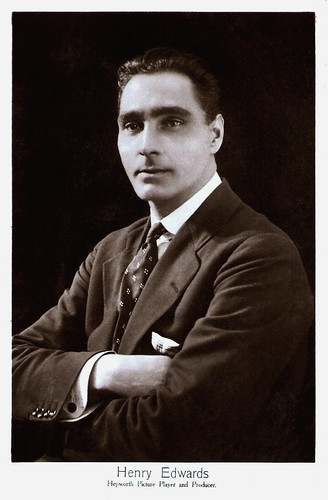
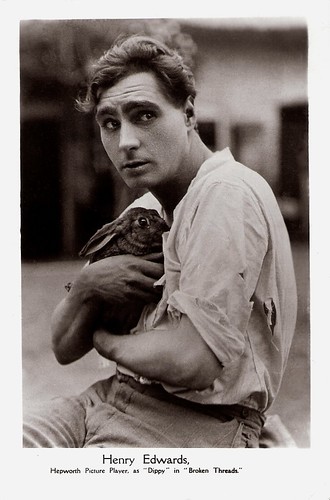

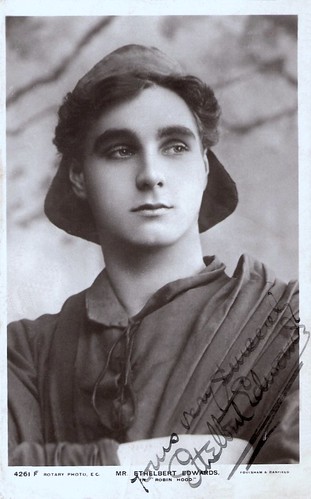
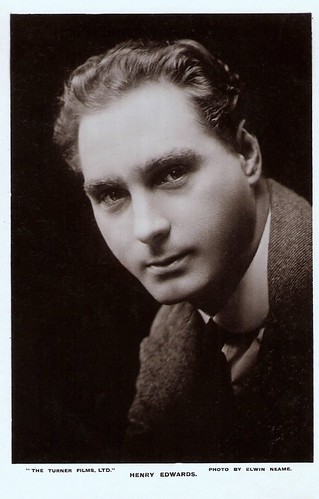
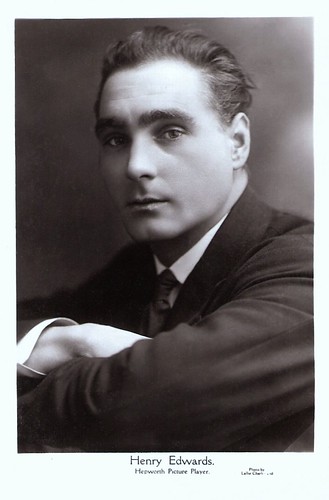

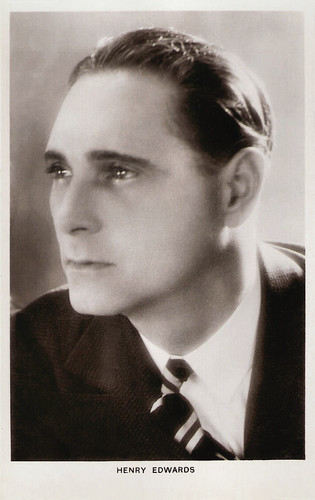

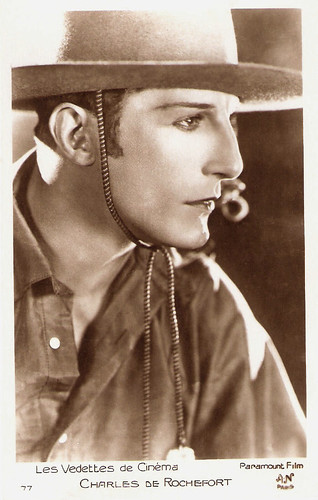




























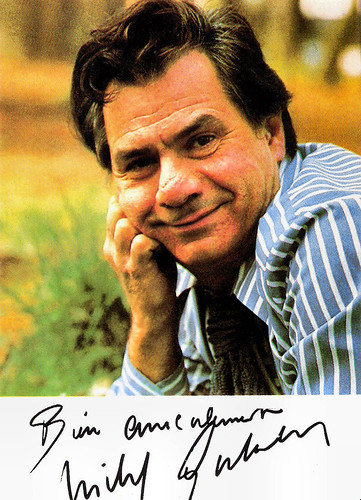









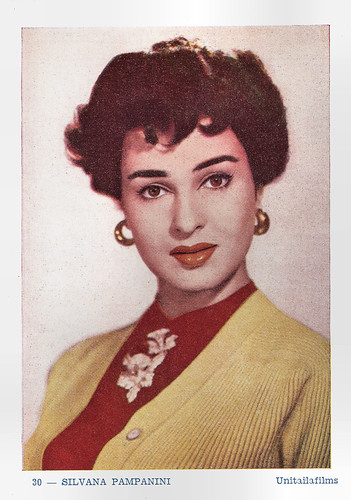
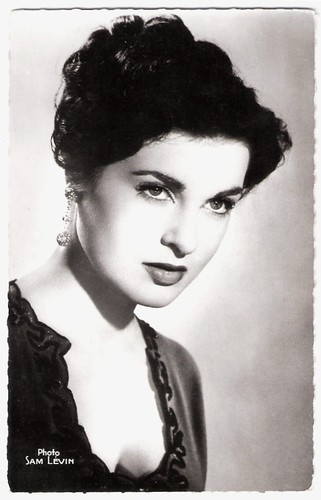
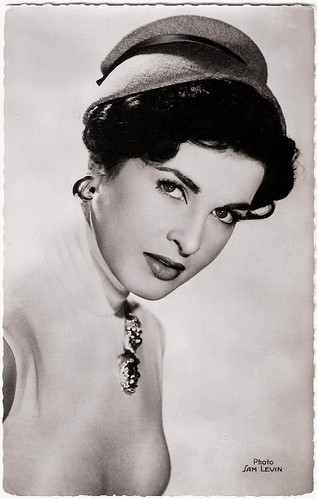
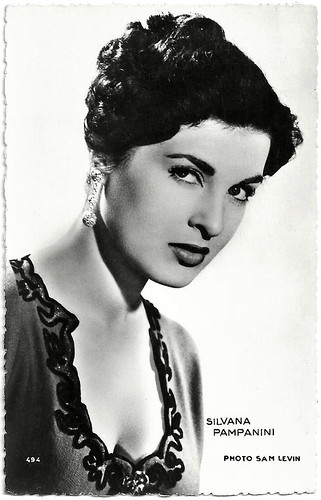

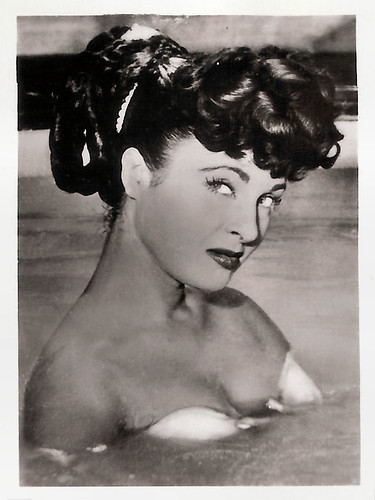

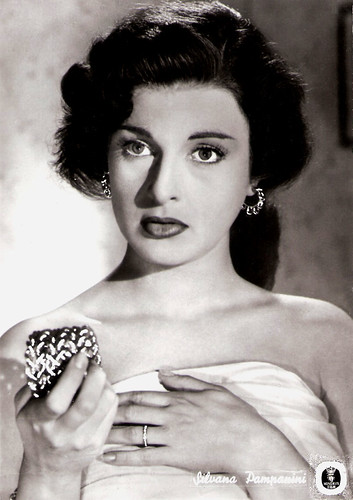
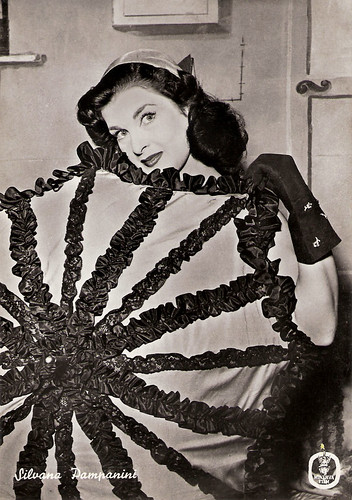

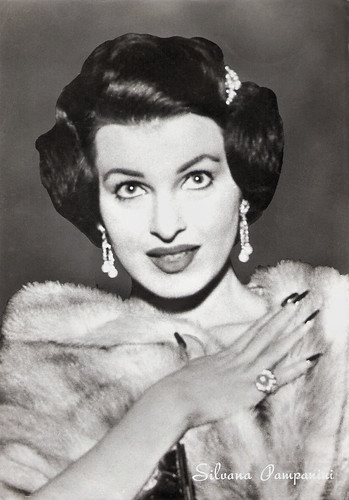

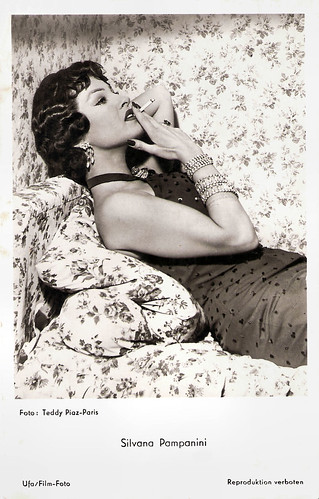
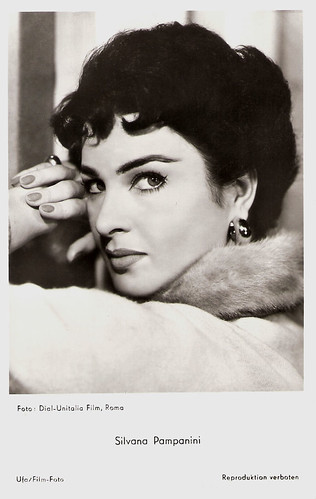
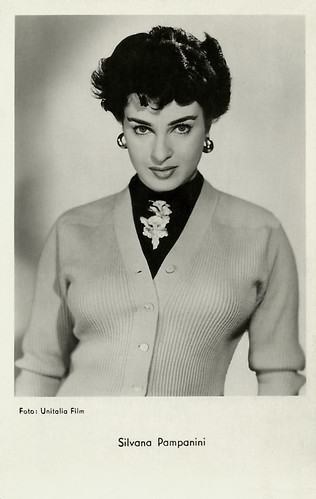

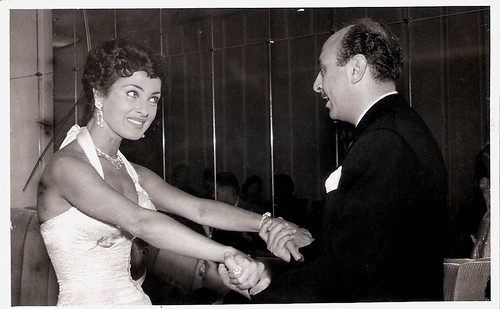
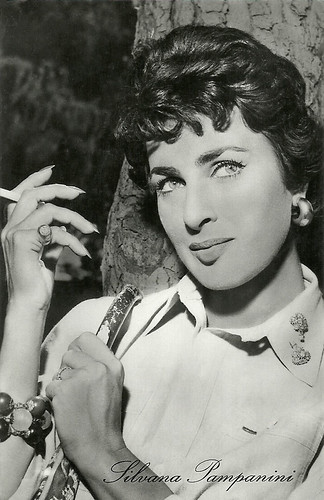

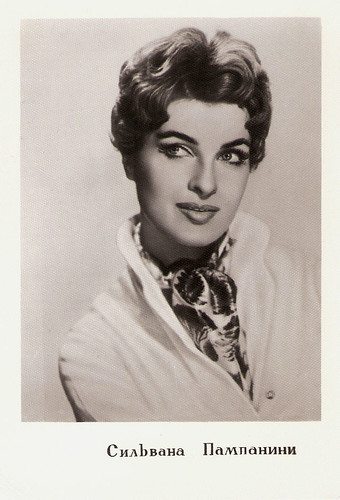



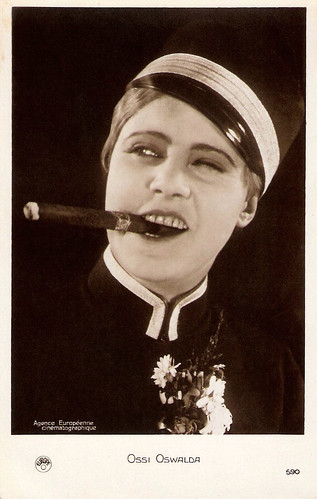
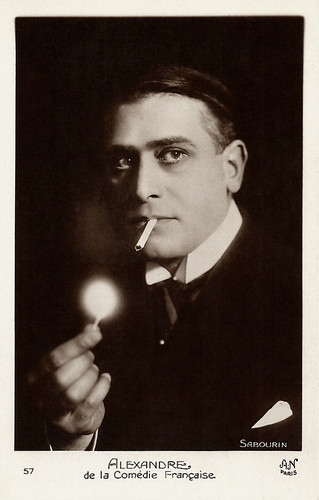

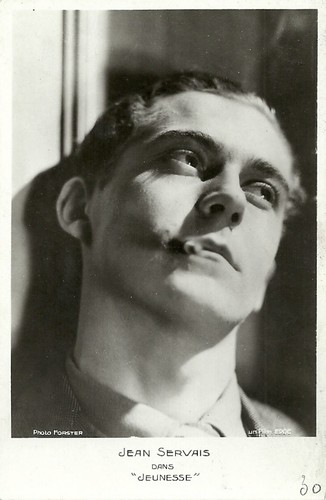







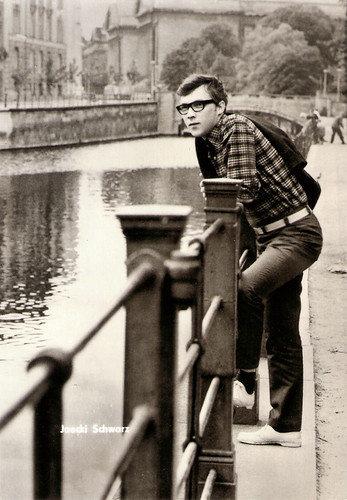




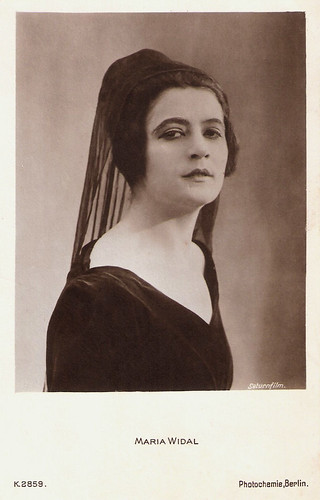
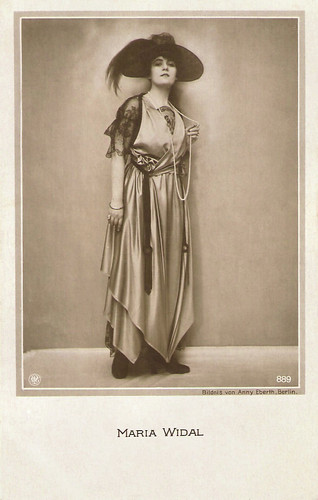
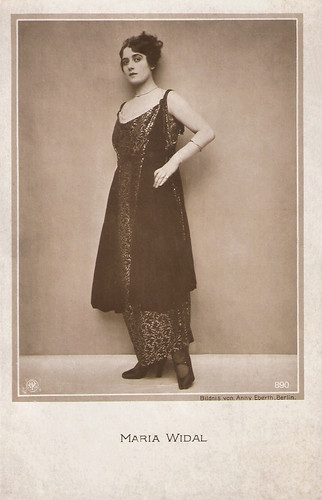
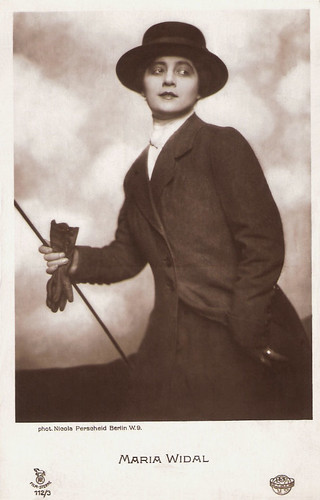










































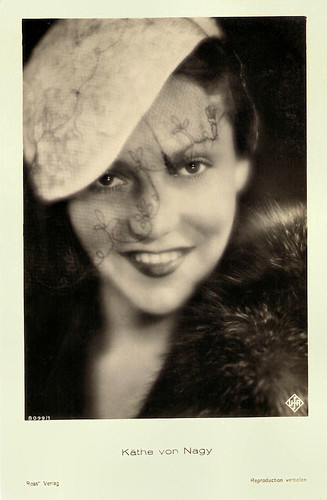




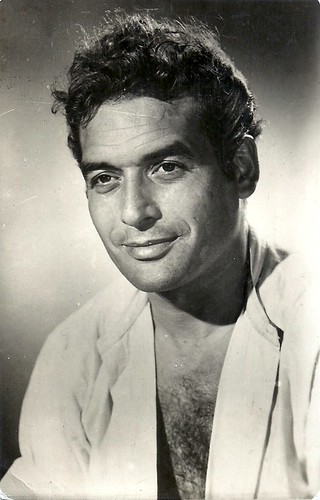
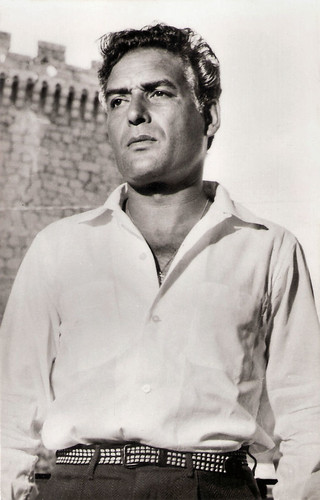
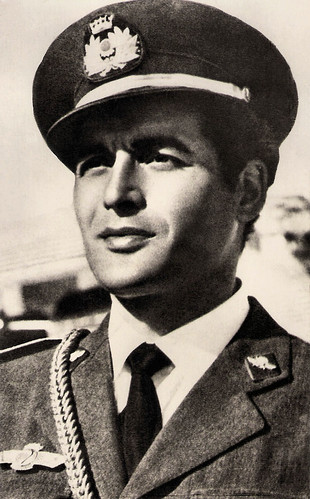

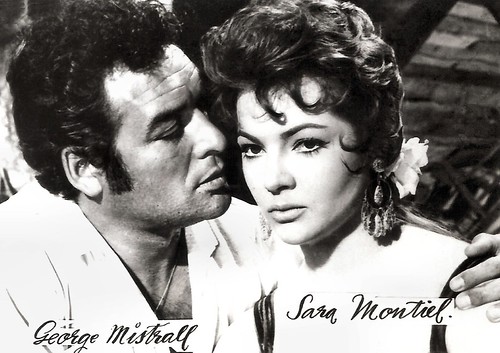
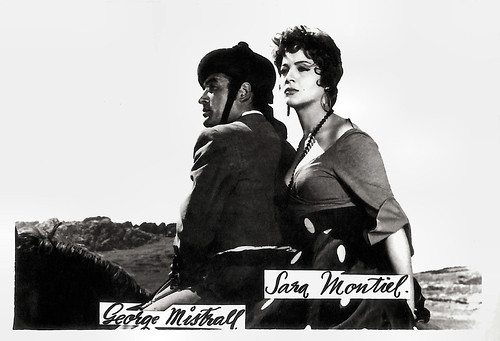
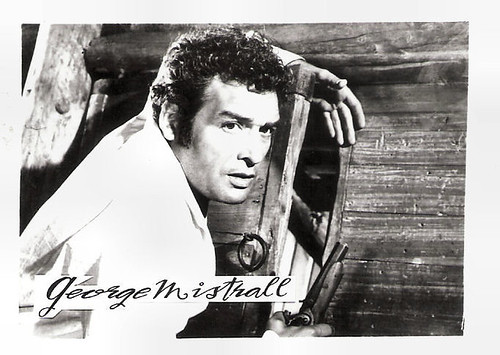
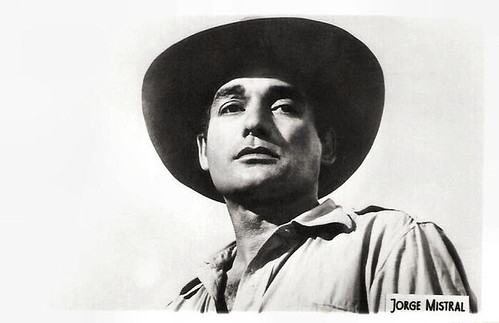

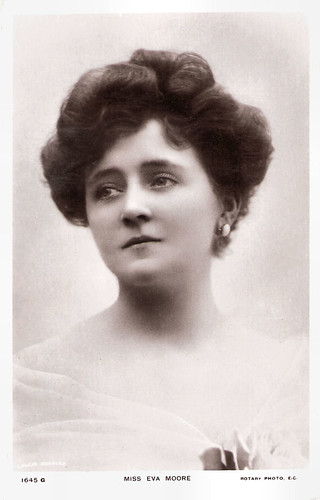
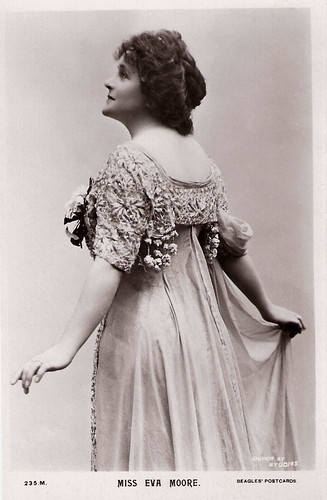
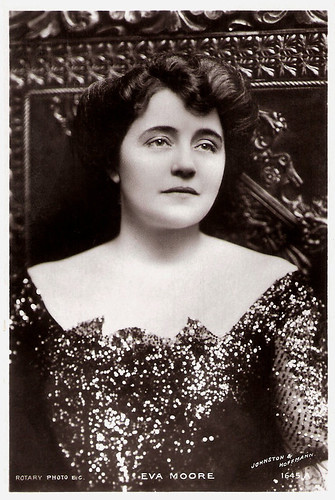
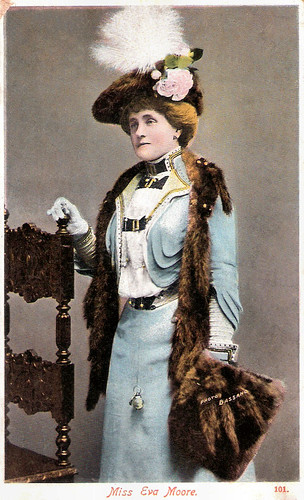


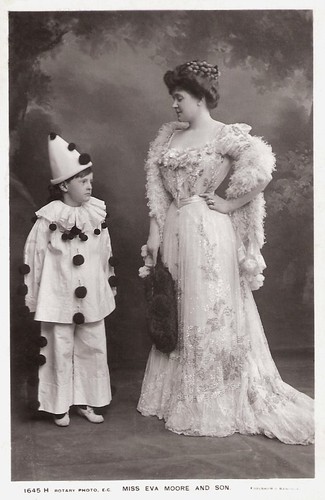
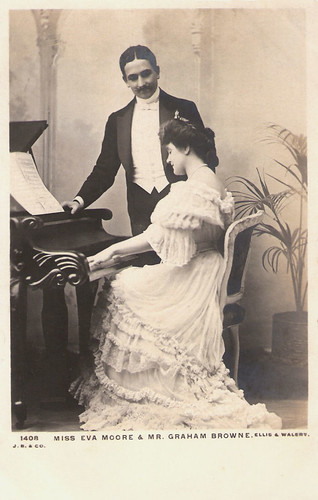

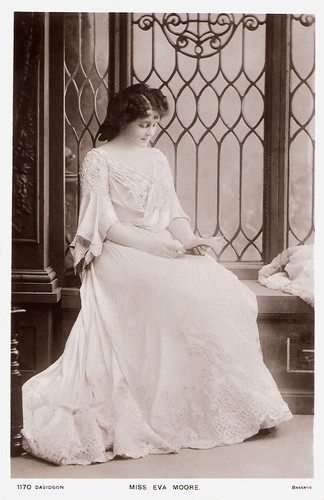
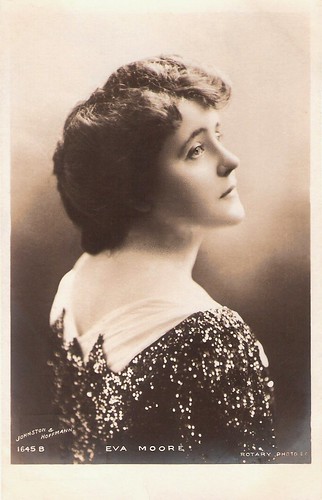
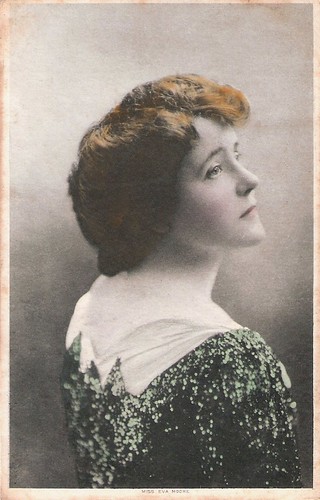
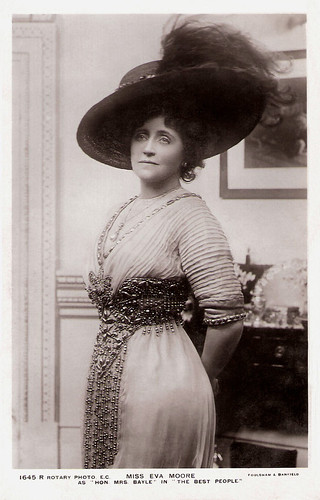
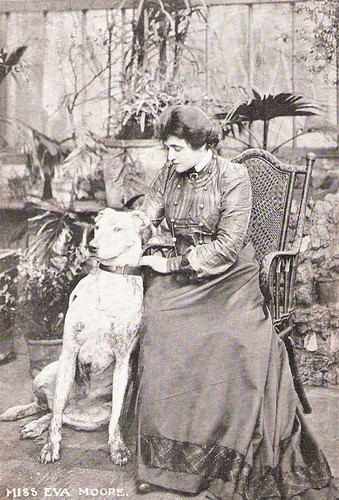









![Lilian Harvey and Henry [Henri] Garat in Princesse, à vos ordres](http://farm9.staticflickr.com/8711/16349273113_0f16161c97.jpg)




































